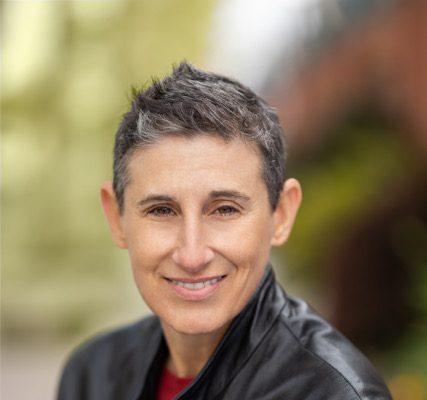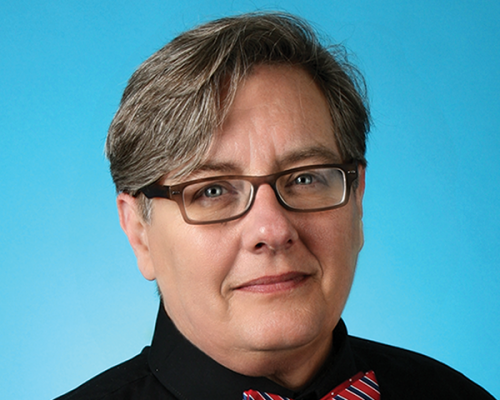by Chuck Colbert
On Friday, June 26 — just in time for LGBT Pride celebrations in several major cities — the U.S. Supreme Court handed the LGBT community one of its biggest legal victories in the decades-long struggle for full equality. In a 5-4 decision, the court ruled that state bans on same-sex marriages are unconstitutional. Accordingly, states are required to issue marriage licenses to same-sex couples and recognize same-sex marriages from other states.
Writing for the majority, Justice Anthony Kennedy wrote, “The Court, in this decision, holds same-sex couples may exercise the fundamental right to marry in all States. It follows that the Court also must hold — and it now does hold — that there is no lawful basis for a State to refuse to recognize a lawful same-sex marriage performed in another State on the ground of its same-sex character. … The right to marry is a fundamental right inherent in the liberty of the person, and under the Due Process and Equal Protection Clauses of the Fourteenth Amendment couples of the same-sex may not be deprived of that right and that liberty.”
In fact, the word “liberty” resounded throughout the court’s ruling, with Kennedy using the word 25 times and the dissent, 122 times, as noted by veteran journalist Lisa Keen in her analysis.
Perhaps needless to say, LGBT media were all over the decision, with The Washington Blade, Metro Weekly, Gay City News, and the Advocate, among others reporting. Lisa Keen’s Keen News Service also provided coverage for several gay media outlets.
Press Pass Q asked veteran journalist Keen, who has been covering marriage equality for more than two decades, for thoughts on the importance of the Court’s ruling.
There were several key takeaway lessons, she said.
 |
Lisa Keen of
Keen News Service |
First, Keen said the most important part of the majority opinion is this part: “Loving did not ask about a ‘right to interracial marriage’; Turner did not ask about a ‘right of inmates to marry’; and Zablocki did not ask about a ‘right of fathers with unpaid child support duties to marry.’ Rather, each case inquired about the right to marry in its comprehensive sense, asking if there was a sufficient justification for excluding the relevant class from the right. That principle applies here.”
Said Keen, “It corrects a deliberate misinformation tactic used by opponents — a tactic that gives the impression that marriage for same-sex couples is a completely new and different thing than marriage for male-female couples.”
On the other hand, Keen said the most important part of the dissent from Justice Antonin Scalia is this section: “Until the courts put a stop to it, public debate over same-sex marriage displayed American democracy at its best. Individuals on both sides of the issue passionately, but respectfully, attempted to persuade their fellow citizens to accept their views. Americans considered the arguments and put the question to a vote. The electorates of 11 States, either directly or through their representatives, chose to expand the traditional definition of marriage. Many more decided not to. Win or lose, advocates for both sides continued pressing their cases, secure in the knowledge that an electoral loss can be negated by a later electoral win. That is exactly how our system of government is supposed to work.”
Keen went on to explain the significance of Scalia’s view. “It exposes how politically motivated Scalia’s position is,” she said. “In 2000, Scalia signed onto an opinion that handed George W. Bush the presidency by asserting just the opposite — that it was the court’s ‘responsibility to resolve the federal and constitutional issues the judicial system has been forced to confront.’ Now, all of a sudden, he wants the court to stay out of such conflicts.”
Now that the Supreme Court has settled the issue, making marriage equality the law of the land, Keen expects that “this issue will go away as something to be debated.”
At the same time, she said, “I think it will have enormous, immeasurable benefit to same-sex couples and their families — not just in tangible benefits, but in taking down another piece of the wall that has perpetuated the sense that gay people are different from everybody else. The next battles — which have been going on for some time now but which are likely to escalate — are the battles in which so-called ‘religious beliefs’ will be used to try and justify discriminating against gay couples. In the coming year or so, we can expect a lot of presidential candidates to be questioned in ways that try and force them to choose between rights to exercise religion and efforts to end discrimination. We already know Mike Huckabee and Ted Cruz will stake out a radical religious claim. But I imagine everybody else is wrestling with that now. Nobody wants to be against religion or for discrimination. Neither of those positions are vote getters.”
Keen added, “I also think it’s whacky to suggest that the freedom of religion is threatened by the exercise of equal protection. Unless your religion is hate-mongering. I blame the media in part for just accepting this notion that religious freedom and equal protection are not compatible. It’s like the baker who says he can’t make a cake for the wedding of a same-sex couple because it’s against his religious beliefs. Really? How is that “loving one another as I have loved you”?
Mark Segal, founder and publisher of Philadelphia Gay News, offered thoughts on the landmark decision from a historical perspective. “I am thrilled with [the] Supreme Court decision —finally recognizing the LGBT community’s right to marriage equality,” he said. “[Sunday, June 28] mark[ed] the 46th anniversary of the Stonewall riots. For those of us who were there, we never dreamed that this day would come. We welcome it with a sense of pride and joy.”
TOP STORY
Volume 17
Issue 4







